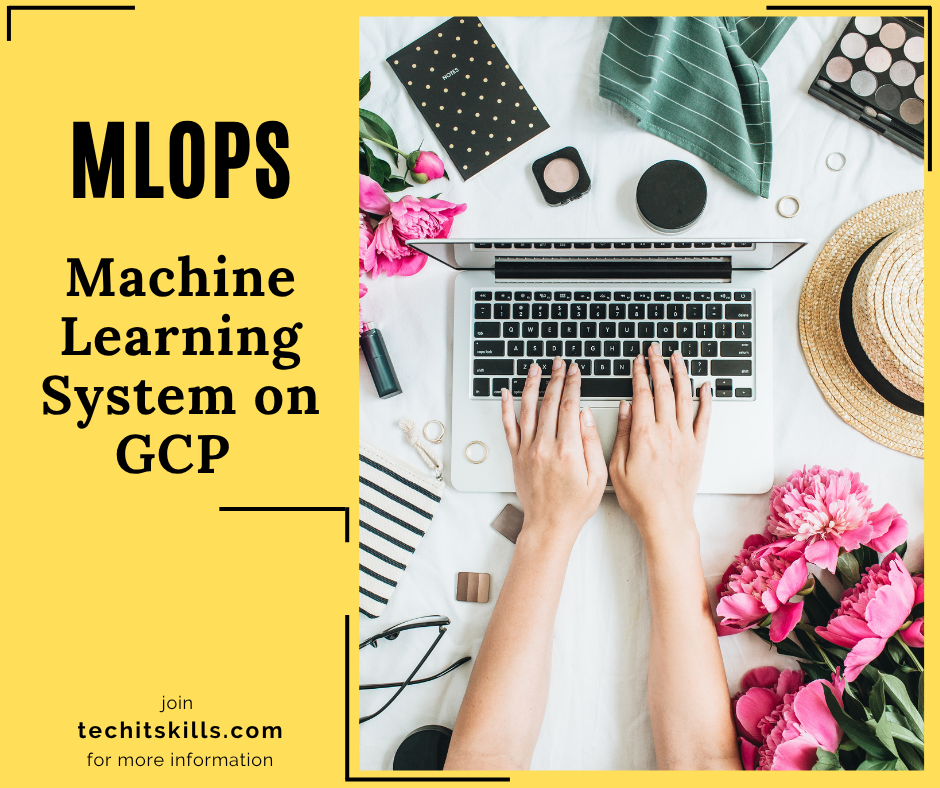Self-Healing ML Systems on GCP: Automating Retraining and Rollbacks — Introduction
The Core Business Problem
Let’s face it: most machine learning models decay in silence.
They go stale.
Data drifts. Concepts shift. Customer behaviour evolves.
And your model? It's still serving predictions based on outdated assumptions.
The result?
- Lost revenue
- Lower accuracy
- No alerts, no retraining, no rollback
The Complete MLOps Vision: Self-Healing ML
A self-healing ML system is a production-grade solution that can:
- Detect degraded performance
- Automatically retrain using fresh data
- Evaluate improvements
- Deploy only if the new model is better
- Roll back if not
- Log every step and alert your team
All of this, without human intervention.
The MLOps Stack (GCP Native)
Here’s what we’ll use to build it — all GCP-native tools:
|
Tool |
Purpose |
|
Vertex AI |
Training, evaluation, and model deployment |
|
Cloud Logging |
Capture prediction logs |
|
Pub/Sub |
Trigger retraining on drift |
|
Cloud Functions |
Execute logic & kick off pipelines |
|
BigQuery |
Log metrics & system actions |
|
Slack Webhooks (optional) |
Notify your team in real-time |
Architecture Overview
We’ll architect an event-driven, serverless MLOps system that looks like this:
[Vertex AI Endpoint]
↓
[Cloud Logging: Model Scores]
↓
[Log-Based Alert → Pub/Sub Topic]
↓
[Cloud Function Trigger]
↓
[Vertex AI Training Pipeline]
↓
[Compare Eval Scores with Old Model]
↓
[Deploy if Better] [Rollback if Worse]
↓ ↓
[Notify via Slack] [Log to BigQuery]
Key Features:
- Reactive: only retrain when drift is detected
- Autonomous: validates and deploys new models automatically
- Transparent: full audit trail with BigQuery logs
- Notifies: alerts your team with Slack, email, etc.
Why This is Unique
Most tutorials stop at deployment. This series picks up where they leave off. We’re building a production-grade, event-driven MLOps system with:
- Zero manual model promotion
- Rollback if performance worsens
- Real-time detection, no cron jobs
- Fully serverless infrastructure
- Zero third-party dependencies
What to Expect in This Series
This is Introduction Part — the series kickoff.
Here’s what’s coming next:
Part I: Monitoring & Triggers
- Model Drift Detection with Vertex AI and Logging Alerts
- Using Pub/Sub to Trigger Retraining
- Cloud Functions as the Control Layer
- Building Retraining Pipelines with Vertex AI Pipelines (KFP)
- Model Evaluation & Auto-Deployment Logic
- Using Cloud Scheduler & Firestore to Throttle Retraining
Part III: Observability & CI/CD
- Slack Alerts and BigQuery Logging for MLOps Events
- Visualizing Model Health with Looker or Grafana
- CI/CD for ML Pipelines using GitHub Actions + Cloud Build
Part IV: Governance & Optimization
- IAM, Cost Control, and GCP MLOps Best Practices
- Feature Store + Explainable AI (Bonus)
- Real-World Use Case: Demand Forecasting with Self-Healing Pipelines
What’s Up Next
In Part I, we’ll:
- Model Drift Detection with Vertex AI and Logging Alerts
- Using Pub/Sub to Trigger Retraining
- Cloud Functions as the Control Layer
This will form the first trigger of our self-healing system.
Next Call to Action
- Bookmark this series
- Follow for Part 2
